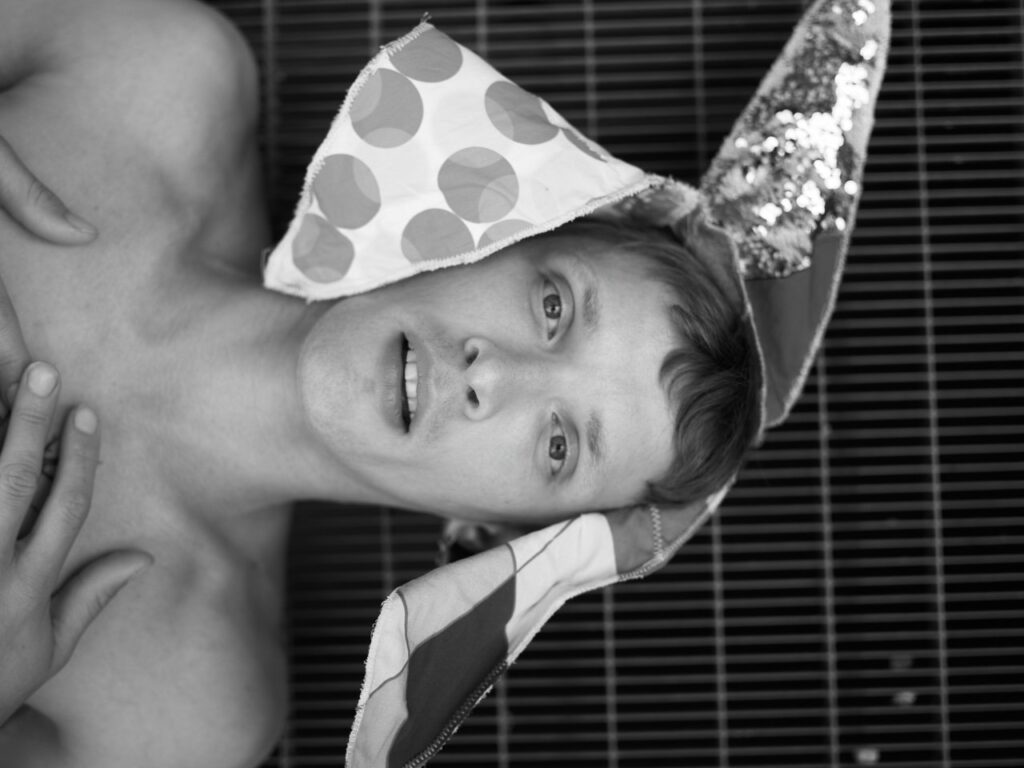Dressed to Reflect: Identity, Aesthetics, and Sartorial Selfhood

In every stitch, seam, and silhouette, there lies a subtle narrative one not always spoken, but deeply felt. Clothing, often dismissed as surface fashion and philosophfy level or purely material, is anything but. It is a language. It is a mirror. It is identity rendered in cotton, leather, silk, or denim. To be dressed is, quite often, to reflect.
More Than Just Fabric
Fashion is not merely about trends or seasonal colors; it is about communicating who we are or who we aspire to be. The way we dress is shaped by an intricate dance between culture, memory, desire, and resistance. A punk’s spiked jacket, a hijab, a tailored blazer, or a thrifted Y2K hoodie each speaks volumes about the wearer’s inner world and the social world they navigate.In this way, sartorial choices are not just aesthetic they are autobiographical.
Identity in the Fold
Identity is fluid, multifaceted, and ever-evolving. So too is style. What we wore as children may make us cringe now. What we put on for a job interview differs from what we wear to a protest or a first date. In these moments, clothing becomes performative not in a disingenuous sense, but in the way that we all try on different roles in life. Fashion helps us inhabit them.But identity through dress isn’t always about change. Sometimes, it’s about continuity. A passed-down sari. A family tartan. A baseball cap with a hometown logo. These items ground us, creating a sense of lineage and belonging even as we evolve.
Aesthetics as Assertion
The aesthetics we align with grunge, minimalism, maximalism, streetwear, vintage chicaren’t just looks. They’re declarations. Sometimes they shout; sometimes they whisper. But they always say something. They can push against societal expectations, offer comfort amidst chaos, or simply bring joy. In a world increasingly standardized by algorithmic feeds and fast fashion, curating a personal style can be an act of resistance—a way to say, This is me. I choose this.
Sartorial Selfhood in the Digital Age
The rise of social media has complicated (and intensified) the relationship between selfhood and dress. We now dress not just for ourselves or our immediate social circles, but often for imagined audiences scrolling from afar. The curated outfit post or the viral fit check becomes a moment of both self-expression and self-branding. This digital performance of style can feel liberating—or exhausting.Still, for many, platforms like Instagram or TikTok are a way to experiment, to explore aesthetic identities that may not feel accessible offline. Online spaces can Altemative fashion democratize fashion, allowing marginalized voices to redefine beauty, trend, and taste on their own terms.
Conclusion: The Clothes Make the Mirror
To be dressed is to be in dialogue with culture, with history, with one’s self. Sartorial selfhood is never static. It is lived, questioned, redefined. Every day, we pull garments over our bodies not just to cover ourselves, but to carve out space in the world, to say something about who we are—and who we might becom.